WASHINGTON—March 17, 2023—The Semiconductor Industry Association (SIA) today released the following statement from SIA President and CEO John Neuffer commending the introduction in Congress of bipartisan legislation to restore full tax deductibility of R&D investments. The legislation, the American Innovation and Jobs Act, was introduced in the Senate by Sens. Maggie Hassan (D-N.H.) and Todd Young (R-Ind.) along with 10 other cosponsors.
“We applaud the bipartisan group of senators—led by Sens. Hassan and Young—for introducing this legislation, and we urge its swift approval.
“R&D investments are the lifeblood of innovation in the semiconductor industry, giving rise to technologies that reinforce our economy, national security, and high-tech workforce. The U.S. chip industry plows an average of one-fifth of its revenues back into R&D annually, one of the largest shares of any sector. Those investments propel rapid innovation in semiconductor technologies and seismic advancements in computing, 5G, health care, energy, AI, and more.
“Restoring the decades-long policy of allowing the immediate, full deduction of R&D investments would help make the U.S. a more competitive place for R&D and innovation, boost economic growth and job creation, and attract and retain talented workers. We look forward to working with leaders in Congress to get this bipartisan, commonsense initiative across the finish line in short order.”
Since 1954, R&D expenditures were treated as an immediate deduction. For decades, the immediate deduction for U.S. R&D expenditures provided a longstanding incentive for chip companies to make those investments, helping maintain U.S. leadership in this vital technology. As of 2022, however, U.S. R&D expenses must now be amortized over five years, making it less attractive to perform R&D in America and harming U.S. competitiveness in the semiconductor industry.
Even prior to the amortization requirement, the U.S. R&D incentive trailed those offered by global competitors, and without action to restore immediate deductibility of R&D expenses, the U.S. ranking for incentivizing research is projected to fall to the bottom quarter of OECD countries.
In addition, R&D costs are rising exponentially, with the most advanced semiconductor node costing more than $500 million to design, double the cost to design the previous leading-edge chips. Full and immediate expensing is necessary to spur R&D investments in the U.S. semiconductor industry and allow companies to further innovate and expand the domestic R&D workforce.
Source: SIA
Abonnieren fuer regelmaessige Marktupdates.
Bleiben Sie auf dem neuesten Stand der Branchentrends, indem Sie unseren Newsletter abonnieren. Unser Newsletter ist Ihr Zugang zu erstklassiger Marktexpertise.
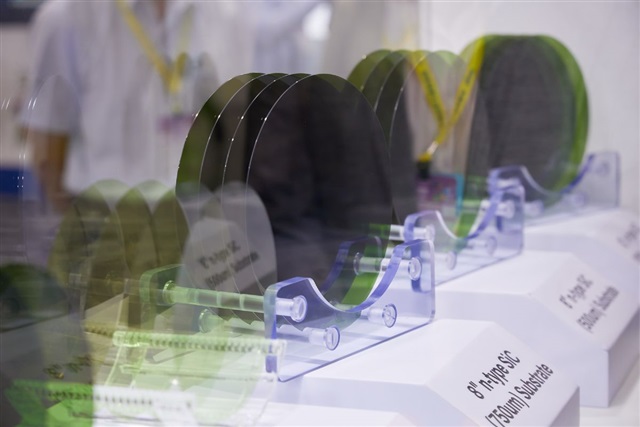
The US has initiated a Section 301 investigation into China's mature semiconductor processes and third-generation silicon carbide (SiC) semiconductors. Supply chain operators state that the increa
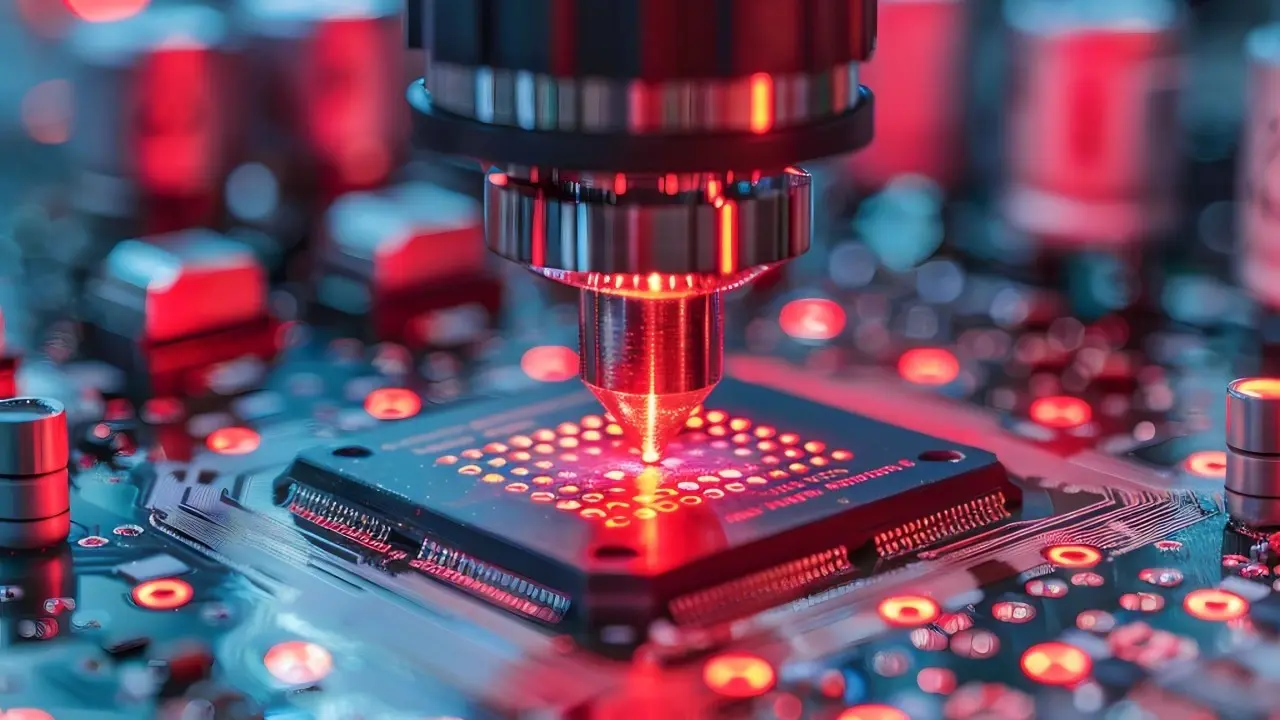
In 2025, we expect 9.5% growth in the global semiconductor market, driven by robust demand for data centre services, including AI. However, growth in other, more mature segments is expected to be stag

Taiwanese chip manufacturer TSMC has announced a $100 billion investment in the United States, aiming to build five additional semiconductor facilities.The plan was revealed by TSMC CEO C.C. Wei along
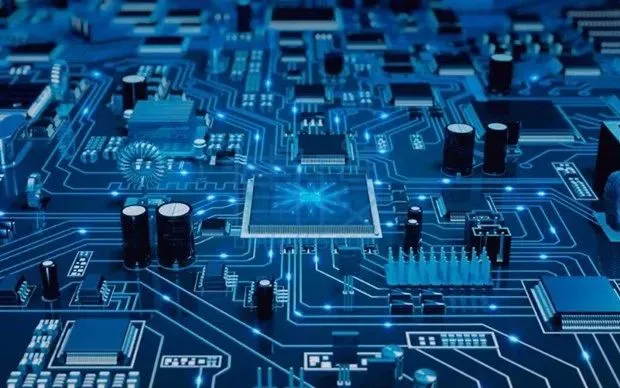
Prices of mature process memory, long hit by oversupply due to fast capacity expansion at Chinese makers, are expected to rebound, thanks to the Chinese government's consumption stimulus programs.
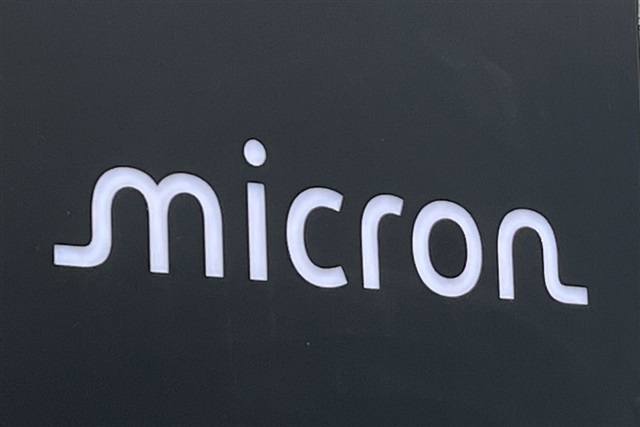
With the ongoing development of new-generation processors, the introduction of PCIe Gen5 specifications into high-end PC applications is set to commence in 2025. According to Micron Technology, Gen4 p
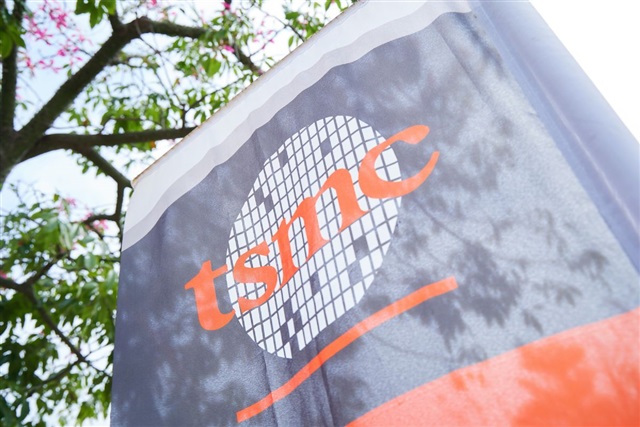
The global market is watching how TSMC, pressured by the US, might assist Intel's foundry operations, while Samsung Electronics and Rapidus, also facing challenges, may similarly require TSMC'